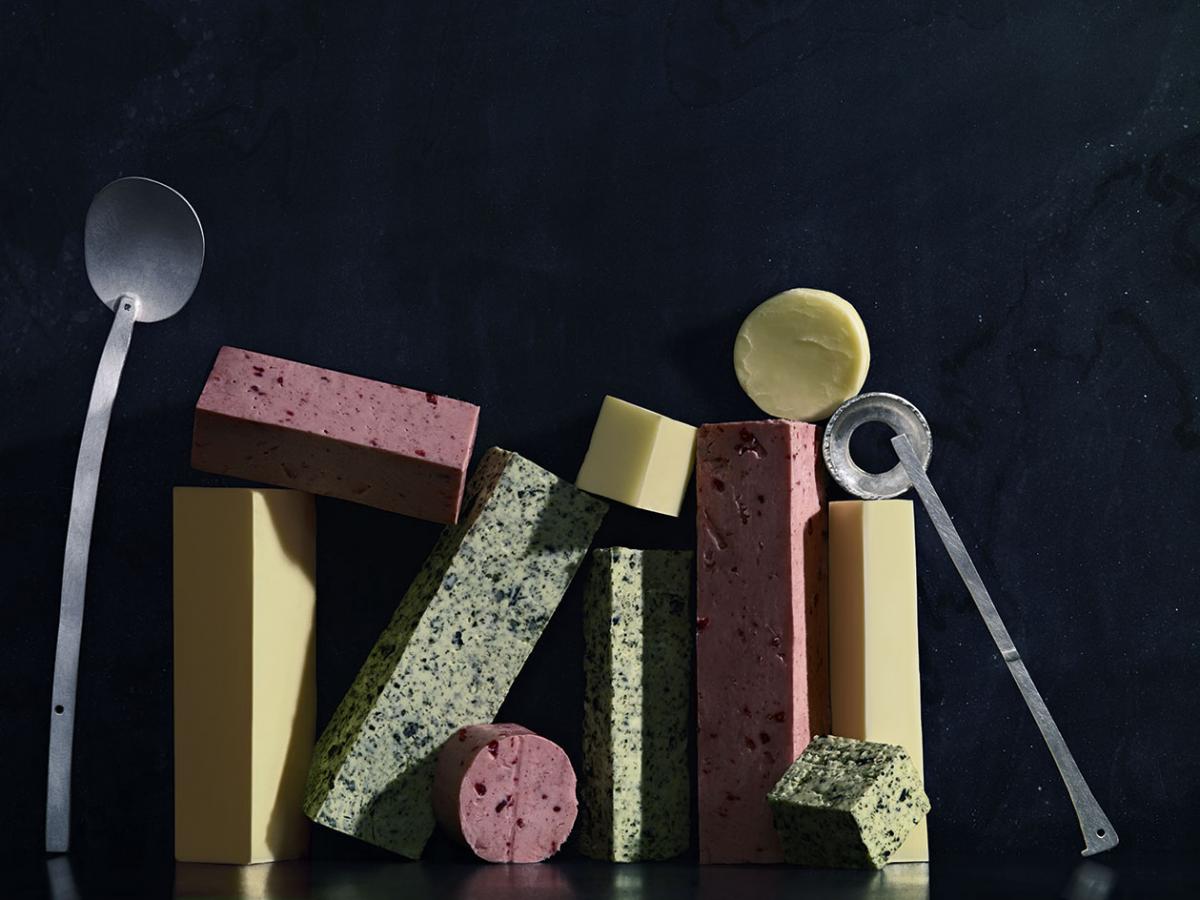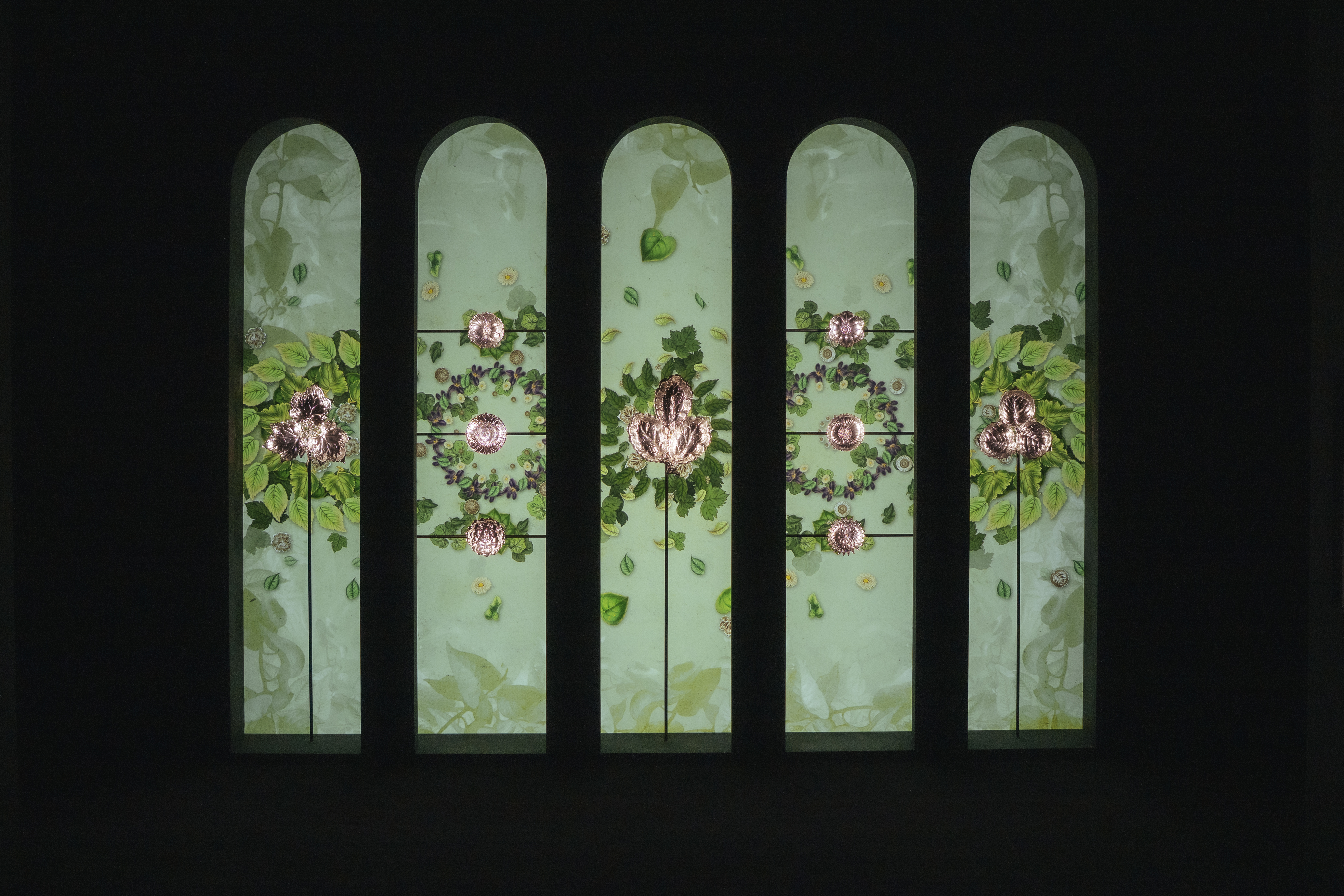Sharp churn: why butter is becoming more than just a support act

Butter is having its moment again. Chefs and artisan dairies are churning out tangy, tasty slow butter that is no mere sandwich spread, but rather the main event.
There are two distinct strands to this big fat revival. The first is ‘cultured’, ‘fermented’ or ‘European’ butter; the other is the rise of the flavoured butter as a signature accompaniment to the bread on your table. Seaweed, urchin, anchovy: intense umami is the recurring theme in many additions, but it’s not the only way. This summer, Jean-Yves Bordier, France’s most esteemed butter maker, sold a seasonal raspberry butter from his Brittany dairy.
But in New York, where restaurants are spearheading the new era of ‘cultured’ butter (going back to the natural bacteria with which pre-industrial butter was made), many purists believe nothing more than salt should be allowed to interfere with the sweet, sharp taste of the real thing.
As originally featured in the October 2015 issue of Wallpaper* (*199)
INFORMATION
For more information, visit Jean-Yves Bordier’s website
Receive our daily digest of inspiration, escapism and design stories from around the world direct to your inbox.
-
 The Testament of Ann Lee brings the Shaker aesthetic to the big screen
The Testament of Ann Lee brings the Shaker aesthetic to the big screenDirected by Mona Fastvold and featuring Amanda Seyfried, The Testament of Ann Lee is a visual deep dive into Shaker culture
-
 Dive into Buccellati's rich artistic heritage in Shanghai
Dive into Buccellati's rich artistic heritage in Shanghai'The Prince of Goldsmiths: Buccellati Rediscovering the Classics' exhibition takes visitors on an immersive journey through a fascinating history
-
 Love jewellery? Now you can book a holiday to source rare gemstones
Love jewellery? Now you can book a holiday to source rare gemstonesHardy & Diamond, Gemstone Journeys debuts in Sri Lanka in April 2026, granting travellers access to the island’s artisanal gemstone mines, as well as the opportunity to source their perfect stone